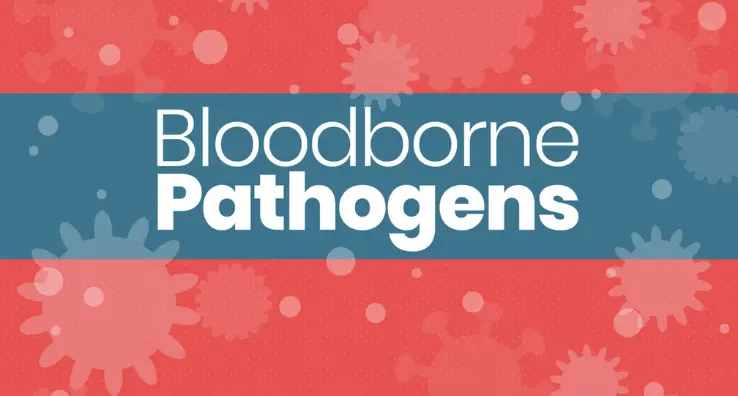SQF Edition 9 is Live – 6 New Requirements for Management

This week, the 9th edition of the Safe Quality Food (SQF) code went into effect, changing the way many of our customers pursue and maintain a Food Safety Culture. This code is one of many that ultimately helps companies meet the Global Food Safety Initiative (GFSI) benchmarked standards through the SQF certification program.
Many of these new additions to the code will require food producers to alter the way they implement, measure, and report food safety processes. In this blog, I’ll cover six new requirements under Edition 9, Section 2.1.1, that address senior management’s role in leading and supporting a proper food safety culture, and implementation processes.
As I’ve discussed with many clients, senior managers can never absolve themselves of the responsibility for food safety throughout their organization. They might not have to worry about it from an administrative detail. But they have to provide the leadership, tools, and resources to build a food safety culture, especially when it comes to meeting SQF standards. They have to lead by example and walk the talk.
This is true when it comes to the overarching requirement to Section 2.1.1: senior site management shall lead and support a food safety culture within the site that ensures these next six requirements can be achieved.
After diving into these next six requirements, I would encourage you to read Laura Dunn Nelson’s blog that explains GFSI’s Five Dimensions of a Highly Successful Food Safety Culture. That will help put these new requirements into proper perspective. >
Requirement #1: The establishment, documentation, and communication to all relevant staff of food safety objectives and performance measures.
There’s an old saying that “you treasure what you measure.” And that’s a big part of this first requirement that requires companies to document, measure, and communicate their specific key performance indicators (KPIs) used to measure the success of the food safety system.
Some examples of KPIs that could be documented and measured include:
- Recall and food-borne illness outbreak avoidance
- External and internal audit results
- Customer complaints
- GMP (Good Manufacturing Practices) compliance
- Microbiological specification compliance
- Regulatory compliance
- Training completion
- Employee turnover
- Absenteeism rates
- Number of employee suggestions
To comply with the SQF code requirements, you need to choose which of those objectives will best measure your food safety quality system and then set up performance measurements. Fortunately, you don’t have to cover all of these, especially if you’re just starting off. When working with clients, we always recommend that they choose at least five, and then work your way up from there as applicable to your operation.
Once you define which objectives you actually want to measure, you’ll need to set up your performance measurement. This includes defining and quantifying your actual goal. It could, for example, be a specific percentage improvement over the prior year. Whatever goal you set, you’ll need to measure it on a regular frequency to assess your results and communicate performance to staff.
Requirement #2: Ensure adequate resources are available to meet food safety objectives.
If you ever felt like you needed justification to ask for additional resources to improve food safety, now you have it. SQF Edition 9 requires senior management to provide adequate resources to meet food safety objectives, like the ones identified above.
This includes staffing, money for capital expenditures, allocation of training hours, and even other resources like pest control, sanitation personnel, and more. The costs and budgets associated with these categories can help demonstrate to auditors that you have the resources you need to achieve your food safety culture.
Requirement #3: Food safety practices and all applicable requirements of the SQF System are adopted and maintained.
This requirement reflects a written policy statement signed by your senior leadership. And you have to train all your employees on the policy statement, so they understand what it includes and what’s required of them. Policy Statements must be posted in conspicuous areas in all applicable languages represented at the facility.
One way to demonstrate compliance to this requirement is through your internal audit schedule, which should show that you’re keeping track of all aspects of your system over the course of the year. Also, you can demonstrate your success in this category by measuring your GMP scores for all employees.
Employee interviews will be a big part of the discovery process as auditors evaluate your food safety culture. When we help clients conduct internal audits, we like to interview employees and ask if they’re aware of their company’s policy statement and if they’ve received training on the policy.
We like to look at how they wash their hands when coming back from a break. We will also look at the bathrooms in a production facility. Just 10 seconds in the bathroom will tell you a lot about a company’s commitment to food safety culture.
We’ll watch employees while they work to see if they’re properly wearing the right personal protective equipment as required by the GMPs. And we’ll look at your management and supervisors to see if they’re following the same procedures. If a food safety culture isn’t important to your supervisors and managers, then it’s not going to be important to your employees.
Requirement #4: Staff members are informed and held accountable for their food safety and regulatory responsibilities.
In order for you to properly communicate your food safety culture to employees, you’ll need a food safety and quality policy statement. This provides a definitive means to evaluate employees and hold them accountable for their food safety and regulatory responsibilities.
The policy statement must include:
- Senior management is committed to produce safe and high-quality products.
- Management will provide the staffing and resources necessary to assure the production of safe and quality products.
- Staff members are informed and held accountable for their food safety and regulatory responsibilities.
- They are positively encouraged and required to notify management of actual or potential food safety issues.
- They are empowered to act to resolve food safety issues within their scope of work.
The statement should be written, signed by senior leadership, and posted in all applicable languages. GMP inspections should be conducted to include corrective actions for non-compliance findings. Employees are expected to demonstrate understanding and comprehension of your policy statement.
Requirement #5: Staff are positively encouraged and required to notify management of actual or potential food safety issues.
This requirement should be a key part of your food safety culture. Are you providing an environment where employees are positively encouraged to support your food safety objectives? Are they free to identify food safety issues without fear of retribution?
It’s at this stage where you can get your employees involved and engaged in your operations. This keeps those important lines of communications open. Employee engagement is a key element of a successful food safety culture. Who knows best how to identify and fix problems other than the employees performing the jobs? Take time to ask and listen to them.
Requirement #6: Staff members are empowered to act to resolve food safety issues within their scope of work.
We heavily encourage companies to have some kind of standardized form where employees can either report issues or suggestions. Make sure that they can either report their name if desired or anonymously as well. Employees should be empowered to stop the process when a food safety issue exists then engage management and QA to resolve the issue.
That’s a quick high-level overview of management’s responsibilities with the new SQF Edition 9. You can take a deeper dive with this white paper: Building a Mature Food Safety Culture – A Guide to Meeting GFSI Culture Audit Standards
Or contact us to arrange for one of our expert consultants to discuss or assess your food safety culture with training options for all levels of the organization.





